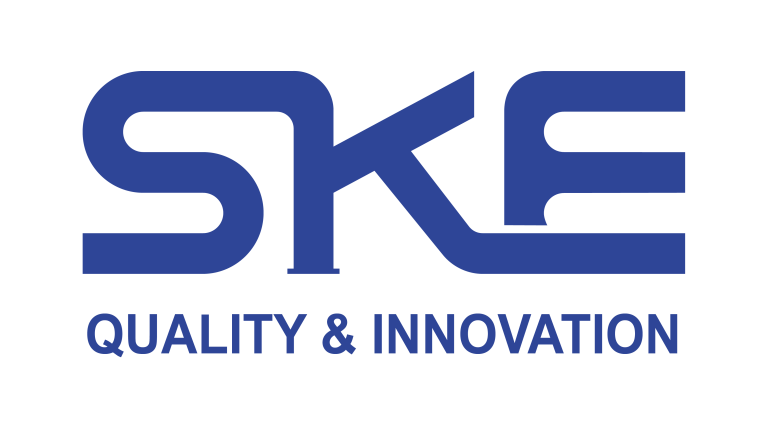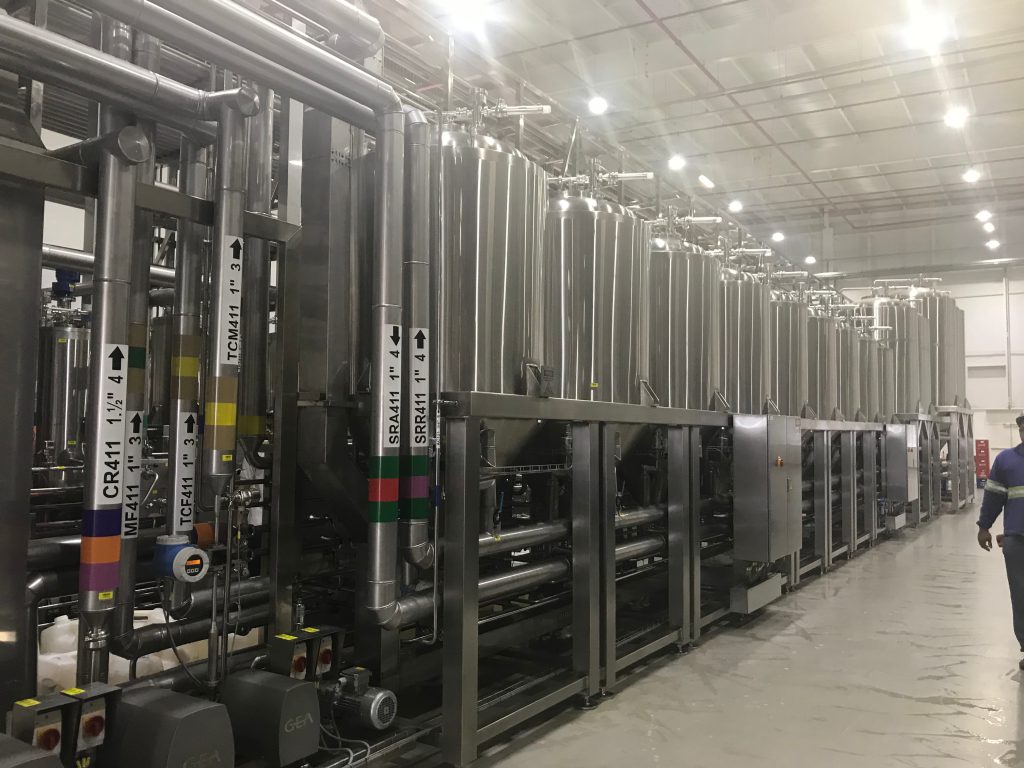Introduction

In the dynamic world of brewing, efficiency and quality are paramount. The key to achieving both lies in the selection and utilization of high-quality beer machinery. This blog post delves into the various facets of beer machinery, exploring how it can significantly boost production, enhance beer quality, and ultimately contribute to the success of your brewery. Whether you’re a seasoned brewer or just starting out, understanding the intricacies of beer machinery is essential for optimizing your operations. By focusing on the right equipment, breweries can ensure consistent output and maintain a competitive edge in the market.
The Importance of High-Quality Beer Machinery
Investing in high-quality beer machinery is not just an expense; it’s an investment in the future of your brewery. Superior equipment offers numerous advantages, including:
- Increased Efficiency: Advanced beer machinery streamlines the brewing process, reducing manual labor and minimizing downtime. This allows breweries to produce more beer in less time, increasing overall throughput.
- Enhanced Quality: Precise control and consistent performance ensure that your beer meets the highest standards of taste and quality. Consistent quality builds brand loyalty and customer satisfaction.
- Reduced Waste: Efficient machinery minimizes ingredient waste, leading to cost savings and environmental benefits. By optimizing the use of raw materials, breweries can reduce their environmental footprint.
- Long-Term Reliability: Durable equipment reduces the need for frequent repairs and replacements, saving you time and money. This reliability ensures consistent production schedules and reduces unexpected disruptions.
- Scalability: High-quality beer machinery can accommodate increased production demands as your brewery grows. This allows breweries to scale their operations efficiently to meet rising demand.
Key Components of Beer Machinery
A modern brewery relies on a variety of essential beer machinery, each playing a crucial role in the brewing process. Here’s a breakdown of some key components:
The Brewhouse: The Heart of Beer Production
The brewhouse is where the magic happens. It consists of several key components, including:
- Mash Tun: This vessel is used for mashing, the process of converting starches in grains into fermentable sugars. The design of the mash tun influences the efficiency of the conversion process.
- Lauter Tun: After mashing, the wort (sugar-rich liquid) is separated from the spent grains in the lauter tun. The efficiency of the lauter tun directly impacts the yield of the brewing process.
- Brew Kettle: The wort is boiled in the brew kettle, where hops are added for bitterness and aroma. The length and intensity of the boil affect the final flavor profile of the beer.
- Whirlpool: This vessel is used to separate the spent hops and other solids from the wort. This separation ensures a cleaner wort for fermentation.
Fermentation Tanks: Where Beer Comes to Life
Fermentation tanks are where the wort is transformed into beer. Yeast is added to the wort, and the fermentation process begins, converting sugars into alcohol and carbon dioxide. Precise temperature control in these tanks is critical for optimal fermentation.
- Cylindroconical Fermenters (CCVs): These versatile tanks are widely used in modern breweries, allowing for both fermentation and conditioning. CCVs simplify the brewing process and reduce the need for multiple tanks.
Filtration and Clarification Equipment: Ensuring Clarity and Quality
Filtration and clarification equipment removes any remaining solids from the beer, ensuring a clear and bright final product. This process enhances the beer’s visual appeal and stability.
- Filters: Various types of filters, such as diatomaceous earth filters and membrane filters, are used to remove yeast, proteins, and other particles. The choice of filter depends on the desired level of clarity and the type of beer being produced.
- Centrifuges: Centrifuges use centrifugal force to separate solids from the beer. This method is faster and more efficient than traditional filtration methods.
Packaging Equipment: Preparing Beer for Distribution
Packaging equipment prepares the beer for distribution, filling bottles, cans, or kegs. Efficient packaging ensures that the beer maintains its quality and freshness during transport and storage.
- Bottling Machines: These machines fill bottles with beer, cap them, and label them. Automated bottling machines increase production speed and accuracy.
- Canning Machines: Similar to bottling machines, canning machines fill cans with beer and seal them. Canning offers advantages in terms of portability and protection from light.
- Kegging Machines: Kegging machines fill kegs with beer, ready for dispensing. Kegging is essential for supplying beer to bars and restaurants.
Optimizing Your Beer Machinery for Maximum Efficiency
To maximize the efficiency of your beer machinery, consider the following:
- Regular Maintenance: Regular maintenance is crucial for ensuring that your equipment operates at peak performance. This includes routine inspections, cleaning, and lubrication.
- Proper Cleaning: Thorough cleaning and sanitation are essential for maintaining beer quality and preventing contamination. Proper sanitation prevents off-flavors and ensures consistent product quality.
- Automation: Automating certain processes can significantly increase efficiency and reduce labor costs. Automation also improves consistency and reduces the risk of human error.
- Training: Ensure that your staff is properly trained on how to operate and maintain the equipment. Proper training minimizes downtime and ensures safe operation.
Beer Machinery and Technological Advancement
The beer industry, like many others, is constantly evolving with technological advancements. Here are a few ways technology is improving beer machinery:
- Automation and Control Systems: Modern beer machinery often includes advanced automation and control systems, allowing for precise control of the brewing process. These systems provide real-time data and allow for fine-tuning of brewing parameters.
- Data Analysis: Data analysis tools can be used to monitor and optimize brewing operations, identifying areas for improvement. Data-driven insights help breweries make informed decisions and improve efficiency.
- Energy Efficiency: New beer machinery is designed to be more energy-efficient, reducing operating costs and environmental impact. Energy-efficient equipment helps breweries reduce their carbon footprint and save money.
Beer Machinery Components and Specifications

To give a clearer view of some beer machinery components, here is a table of some common components and specifications.
| Component | Common Specifications | Function |
|---|---|---|
| Mash Tun | Stainless steel, various sizes | Mashing grains |
| Lauter Tun | Stainless steel, false bottom, various sizes | Separating wort from grains |
| Brew Kettle | Stainless steel, heating element, various sizes | Boiling wort |
| Fermentation Tank | Stainless steel, temperature control, various sizes | Fermenting wort into beer |
| Filtration System | Various filter types, flow rate specifications | Removing solids from beer |
| Bottling Machine | Bottles per minute capacity, bottle size range | Filling and capping bottles |
| Canning Machine | Cans per minute capacity, can size range | Filling and sealing cans |
Conclusion
Investing in high-quality beer machinery is a crucial step towards boosting production and enhancing the quality of your beer. By understanding the various components of beer machinery, optimizing your operations, and staying up-to-date with technological advancements, you can ensure the success of your brewery. The right equipment, coupled with expert knowledge, will allow your brewery to produce top quality beer. This investment not only improves production efficiency but also builds a strong foundation for long-term growth and success.
FAQ
Q: How do I choose the right beer machinery for my brewery?
A: Consider your production capacity, budget, and the types of beer you plan to brew. Research different manufacturers and suppliers, and seek expert advice. Evaluate the long-term costs and benefits of each piece of equipment.
Q: What are the key maintenance requirements for beer machinery?
A: Regular cleaning, lubrication, and inspection are essential. Follow the manufacturer’s guidelines for specific maintenance procedures. Proactive maintenance prevents costly breakdowns and extends the lifespan of the equipment.
Q: How can I improve the energy efficiency of my beer machinery?
A: Invest in energy-efficient equipment, optimize your brewing process, and implement energy-saving practices. Consider using renewable energy sources and heat recovery systems.
Q: What are the benefits of automating my brewing process?
A: Automation can increase efficiency, reduce labor costs, and improve consistency. Automated systems ensure consistent product quality and reduce the risk of human error.

